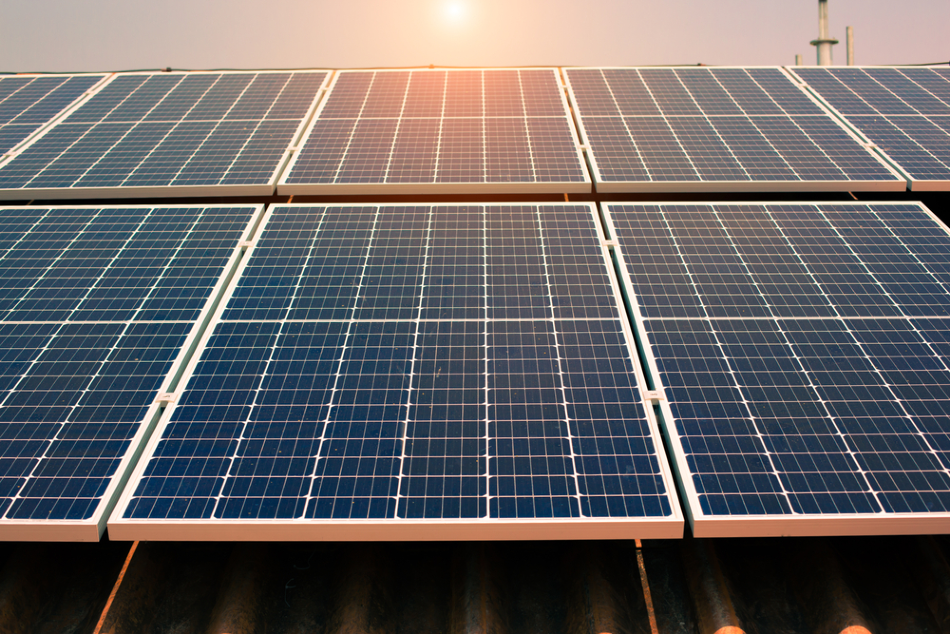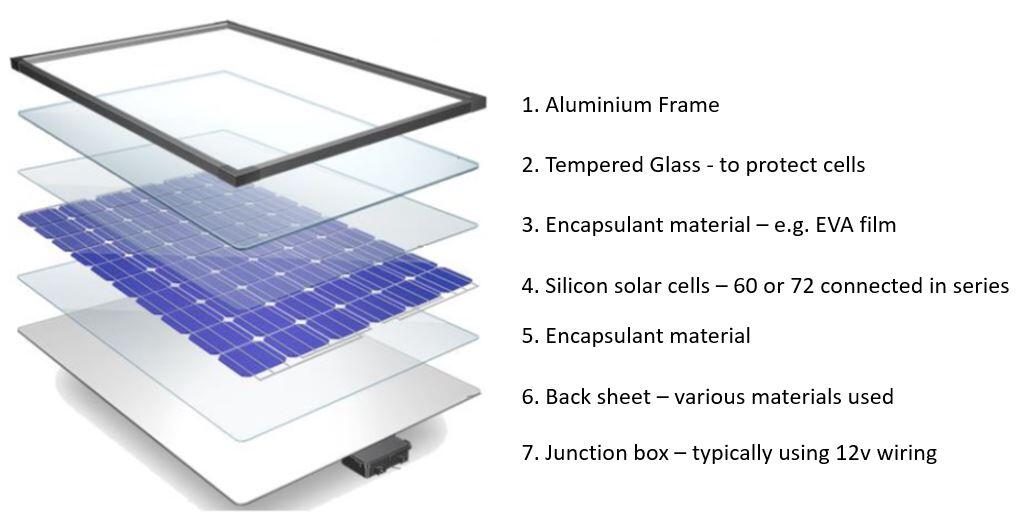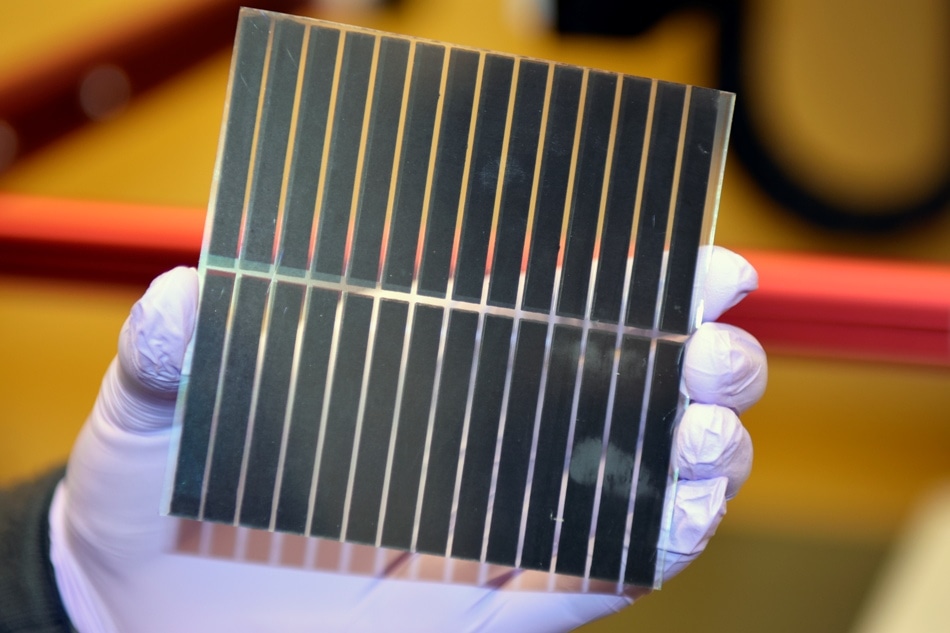It is the solar cell that is responsible for converting sunlight into electricity through the photovoltaic effect.
Other materials other than silicon to make solar panels.
Perovskites are a different material than the silicon wafers that make up traditional solar panels they have a unique crystallographic structure that makes them highly effective at converting photons of light from the sun.
Solar panels made from crystalline silicon currently account for more than 90 percent of the solar infrastructure today.
Perovskites have so far outperformed other new solar materials such as dye sensitised solar cells or organic photovoltaics in their ability to absorb the sun s power efficiently.
The efficiency of monocrystalline solar panels between 15 20 is the highest among all silicon based solar panels.
Perovskite solar cells are a type of thin film solar cell made from a class of man made materials called perovskites.
You can read our article on solar panels and hail damage to learn more about strength testing.
With proper treatment and addition of other materials these cells are durable for up to 30 years or even more and offer higher efficiency than the other two types of silicon solar panels.
While conventional silicon solar panels use materials that are about 180 micrometers thick the new solar cells use less than one micrometer of material to capture the same amount of sunlight.
Conventional solar cells are made by cutting wafers from a block of.
They are lean and bendable unlike a standard panel.
Thin film solar panels and toxicity.
Solar cells made from silicon are the most popular choice for today s solar panels.
Even though the common type of solar panel is non toxic there is a type of solar cell that can contain toxic materials.
Unfortunately silicon panels remain relatively expensive to make.
Amorphous silicon cells are non crystalline and instead are attached to a substrate like glass plastic or metal.
Number 14 on the periodic table number 1 in solar panels after oxygen silicon is the second most abundant element in the earth s crust.
For this reason thin film solar panels are true to their name.










.jpg)



































